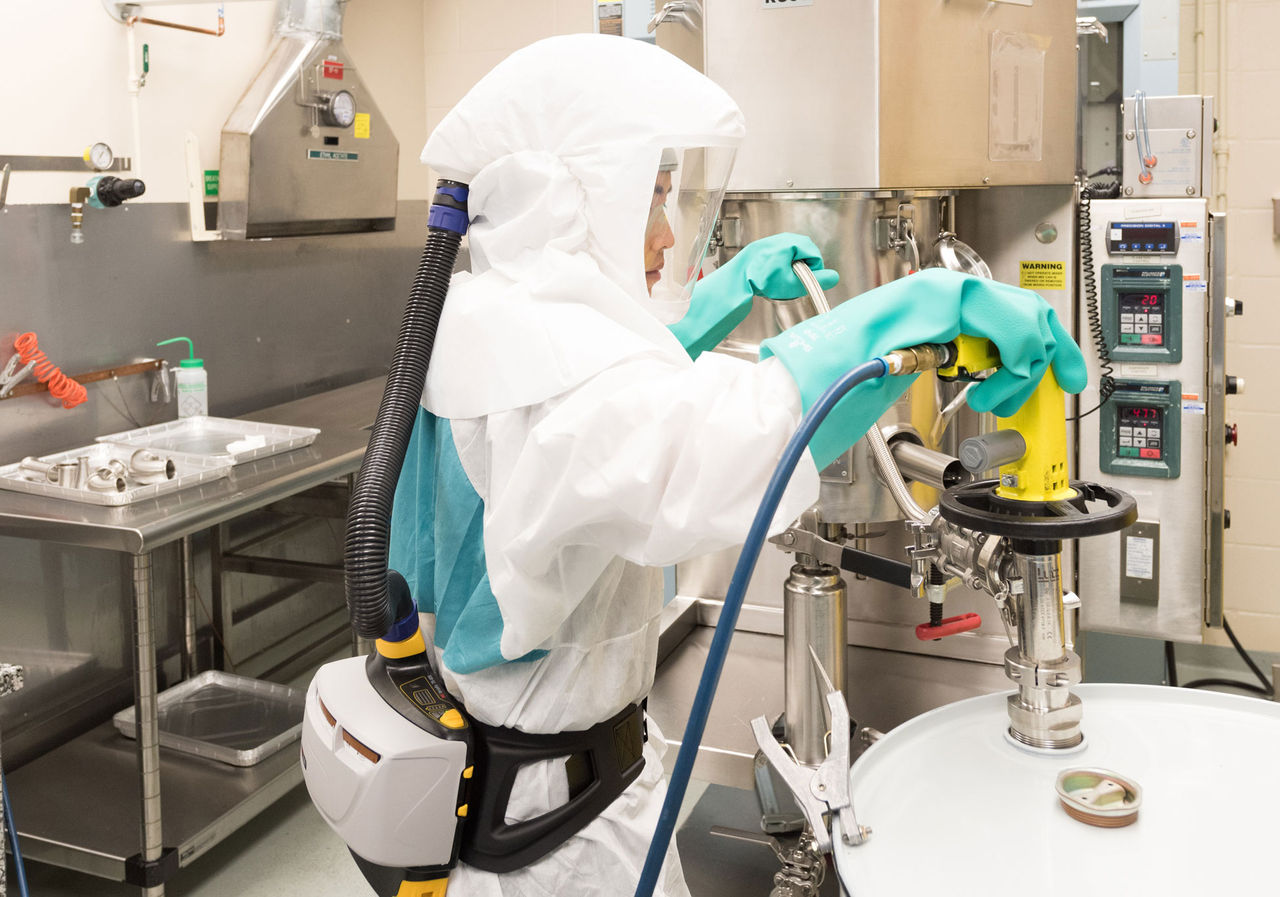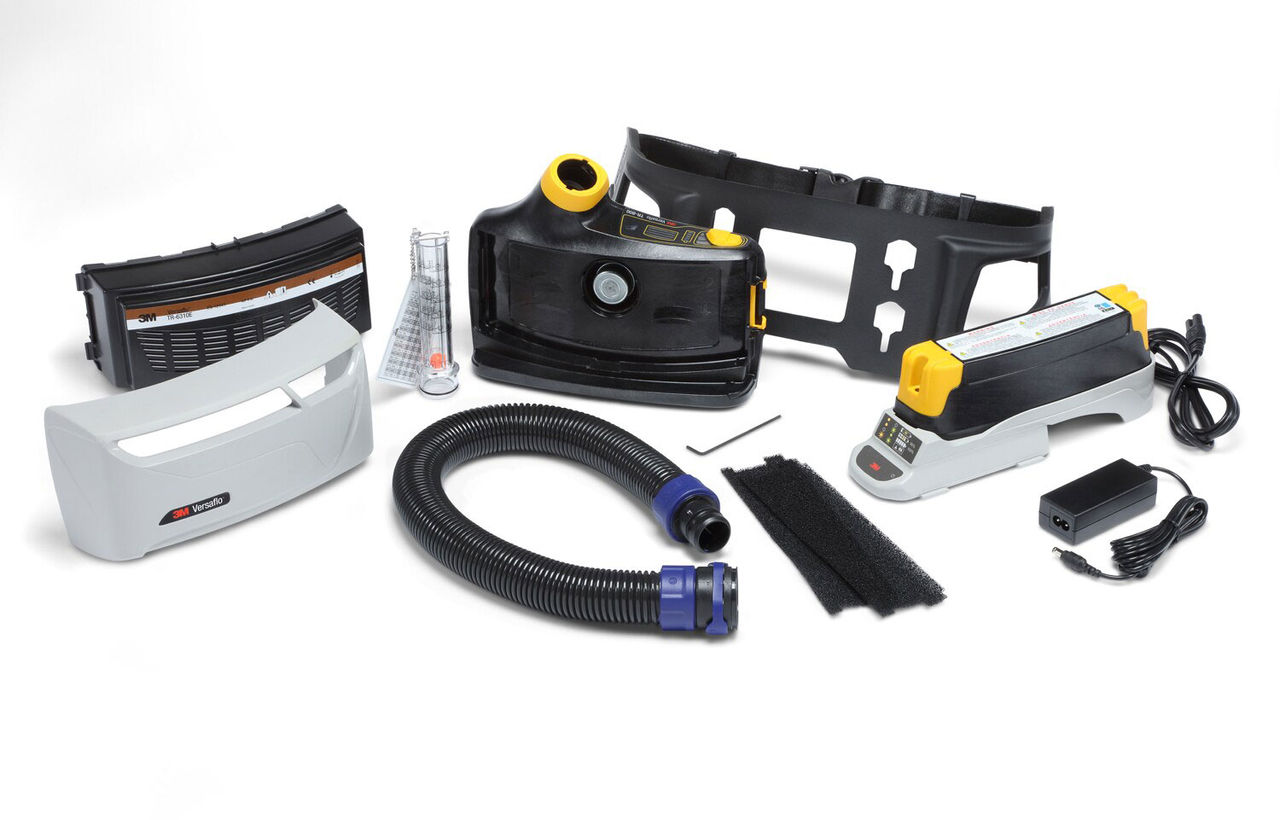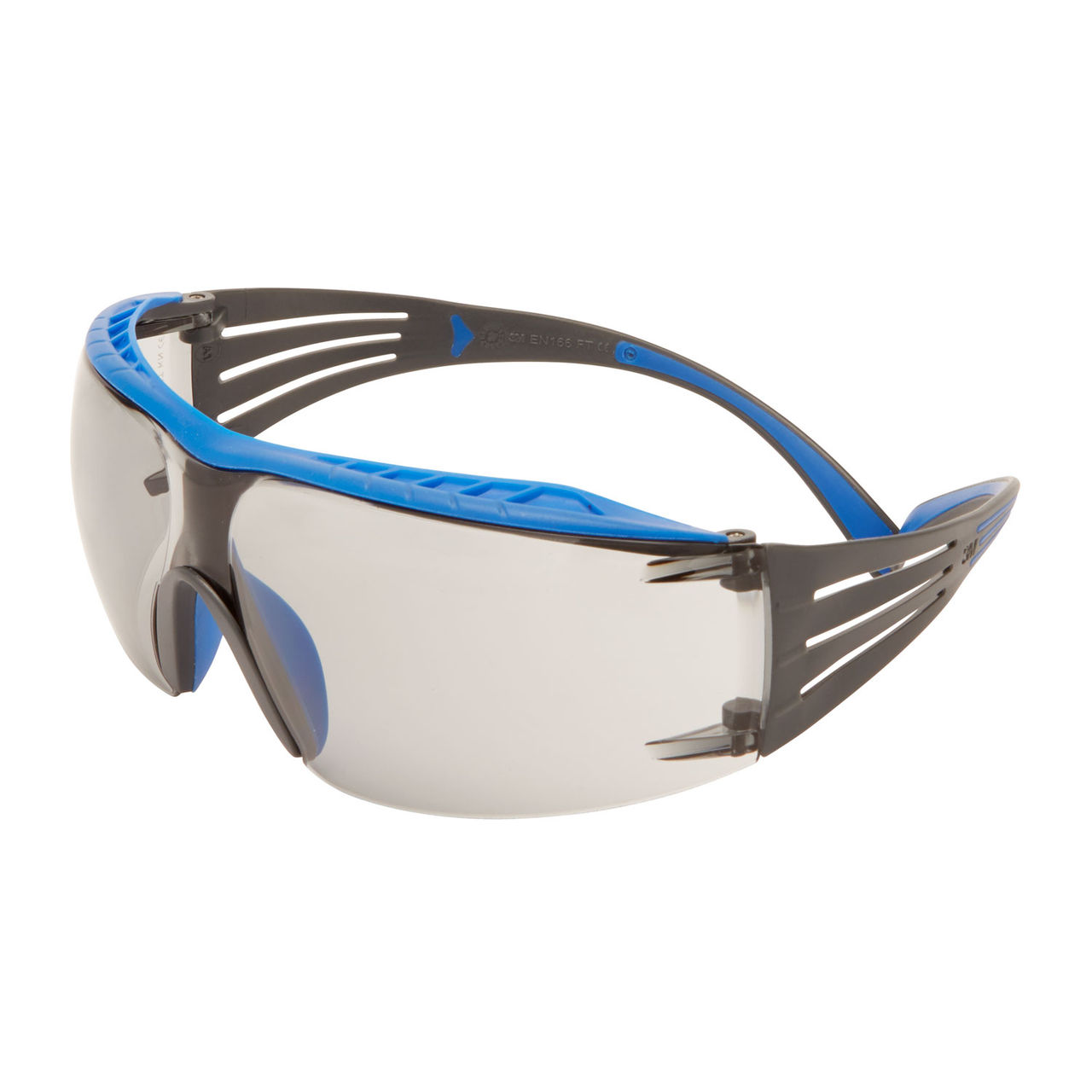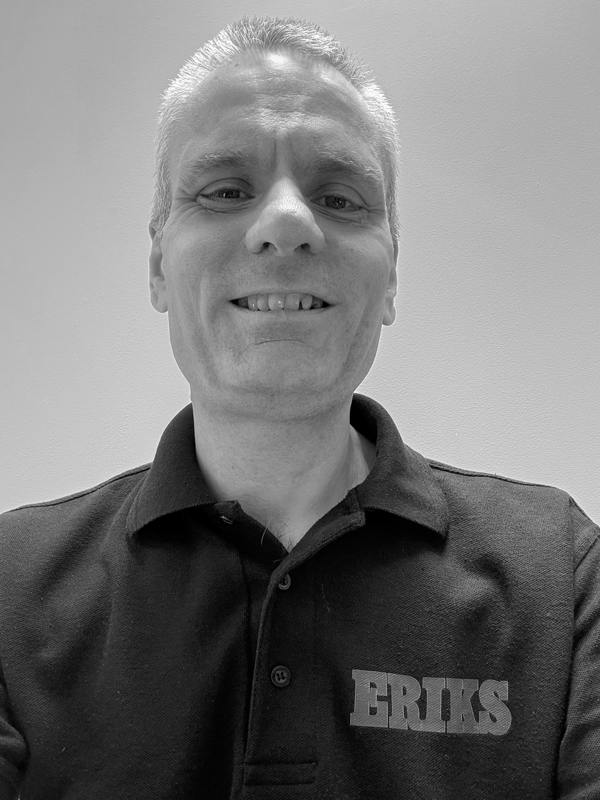In this article
PPE that works together, saves together
Personal Protection Equipment (PPE) in the pharmaceutical industry is essential to save its wearer from harm, injury or worse. So surely more PPE means more protection? Not always.

Sometimes two or more items of PPE worn together can give a false sense of security, while actually exposing the wearer to risk. Supplying suitable and adequate PPE to employees working in hazardous environments is a legal requirement. If multiple items of PPE are required it is essential to ensure that the items supplied are compatible with each other to ensure effectiveness against the risks or risks in question.
Take for example the issuance of a respirator and a pair of safety spectacles to an employee. If the spectacles have not been designed specifically to be worn with the respirator, they could be an uncomfortable fit. For the wearer, that’s irritating and unpleasant at best. At worst, if the wearer continually fiddles with the spectacles and readjusts the respirator to try to get comfortable, the items could become dislodged, ineffective, and create exposure to the very risks they should be protecting against.
The solution is to choose PPE items specifically designed to work together, for optimum safety and comfort.

Safety first
The first requirement for PPE is that it protects the wearer. That’s a given. But if it is designed and tested solely in ideal conditions, the real world may be a challenge.
For example, a respirator from one manufacturer may fit perfectly when worn and tested on its own. But worn together with safety spectacles in a real-world production area, it may resultantly effect the fit leading to gaps around the face seal or be uncomfortable. In another example ear defenders may provide the required protection when one person wears them with safety spectacles, but another person’s spectacles may negatively influence the fit of the ear defenders, compromising the protection provided.
Even items which may appear to ‘fit’ together may not always be approved to be used together and therefore ‘compatible’. Take for example safety helmets combined with ear defenders - these items need to be approved to be used together. It is always best to check with your PPE manufacturer to confirm.
The bigger picture
A manufacturer of safety eyewear may have a very narrow focus. A manufacturer of ear defenders may not hear other points of view. But a manufacturer of a wide range of PPE – from safety spectacles to respirators, and ear defenders to face shields – can see the bigger picture.
With a comprehensive selection of products for protection against a variety of risks and hazards, 3M designs and manufactures PPE solutions for the pharmaceutical industry which are not only effective on their own, but also compatible with other items of 3M PPE.
Some manufacturers’ ear defenders, for example, may interfere with the side arms of other manufacturers’ safety eyewear – or even with their own. This can make the ear defenders less effective, as well as making the eyewear less comfortable.
On the other hand, certain 3M safety eyewear have been designed with low profile temple arms which means when combined with 3M ear defenders there is reduced impact on the hearing protection provided and improved comfort for the wearer. At the same time these 3M safety eyewear have been designed to fit a broad variety of head shapes and sizes which can help with reducing the number of SKUs and the need to stock a range of different sizes.

More power to the wearer
One of the most widely used items of PPE in the pharmaceutical manufacturing sector is a powered air respirator. So this is one item where 3M have focused on creating a compatible, comfortable and effective health and safety solutions.
3M powered air systems provide not only respiratory protection, but can also incorporate hearing, head and face protection, all in one hood, headtop or helmet.
The result is PPE which can be easier to specify and use, more comfortable to wear and – thanks to its compatibility – provides PPE which is designed to be integrated together.
However it’s important to remember that even PPE designed for compatibility still needs to be fitted and worn correctly. This requires educating the wearer on the need for PPE, how and when to put it on, and how to check and adjust it for fit. 3M can not only supply the compatible products, but also offer face fit, ear fit and eye fit testing equipment and training.

So working together with 3M, you can ensure your PPE works together to keep your employees safe, comfortable and compatible.
For more information on Safety Equipment, contact your local ERIKS Service Centre, who will be happy to discuss your options.
#3M #ERIKS #LetsMakeIndustryWorkBetter #PPE #Pharmaceutical

